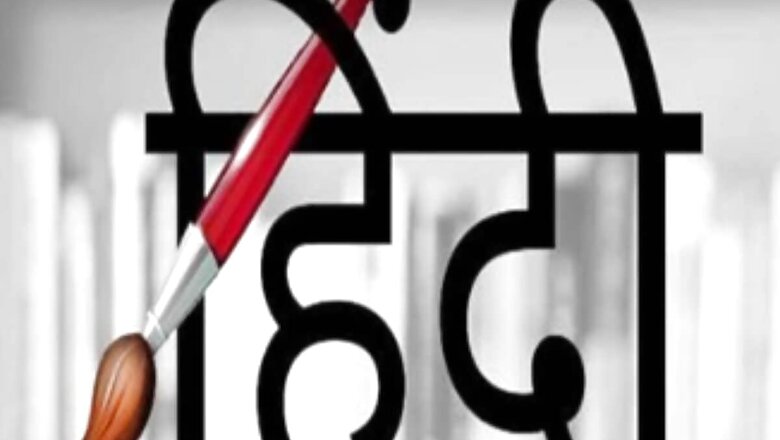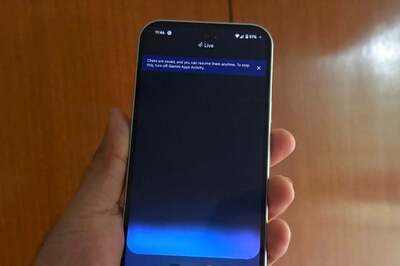
views
Hindi Diwas is celebrated on September 14 every year to commemorate the event when it was adopted as one of the official languages of India. However, the yearly episode brings along an array of debates and protests. The Constituent Assembly of India had, in 1949, recognised and adopted Hindi as an official language of the newly-formed nation.
Propping up the status of the language, union home minister Amit Shah, in a series of tweets on Monday, described Hindi as the nation’s unifier. He said that a country’s biggest identity is its language, and in India, which is full of cultural and linguistic diversity, Hindi has been working to unite the whole nation for centuries.
“Hindi is an unbreakable part of Indian culture. It has been an effective and powerful medium of national unity and identity since the freedom struggle,” he tweeted, adding that countrymen should use Hindi more and more with their mother tongue. Last year, too, Shah had on Hindi Diwas pitched for Hindi as ‘One Language’ of the country.
Along with Shah, several other union ministers also greeted the nation on the occasion. But former Karnataka CM HD Kumaraswamy terming the celebration of the day as an “underhand method” to impose the language on people speaking other languages.
Demanding the cancellation of the day, the JD(S) leader, said, “In India, which is a land of diverse language, culture and traditions, several means are being used to impose Hindi on people speaking other languages including Kannada. Today’s Hindi Diwas is also one such underhand method. Proud Kannadigas are opposed to this Hindi Diwas which is a symbol of linguistic arrogance”.
While the debate continues on the status of Hindi, history says that the now ‘Hindi-belt’ was originally a repository of Urdu and Persian. Several historians believe Urdu was born in the army camps of Delhi as a medium of communication that borrowed words from different languages so that soldiers from different parts of the country could talk.
However, there is no debating the fact that Urdu was ‘born and raised’ in India and, by the mid-1700s, had become the lingua franca of most of north India and Deccan. Throughout the 18th and early 19th centuries, Urdu remained the predominant language in Northern India. When British colonisers turned towards India, Persian used to be the official language as the Mughal Empire ruled the nation. Soon after, this was changed to English by the East India Company.
According to a research paper by Christopher King: ‘Politics of Language: Emergence of Hindi, Urdu and Hindustani in North Western Provinces of Agra and Oudh’ published in 1977, “Sections of this newly educated realized that Hindi and Urdu were really the same language that had evolved within India but was written in different scripts. The so called Hindi-Urdu controversy also revolved around the question of different scripts.”
Urdu started evolving from Farsi and Arabic contacts during the invasions of the Indian subcontinent by Persian and Turkic forces from the 11th century onward. The language developed more decisively during the Delhi Sultanate between 1206 and 1526 and the Mughal Empire from 1526 to 1858. It was only from the mid-1800s that a gradual politicisation of the two languages, and their consequent polarisation, began.
According to data sourced from Census 2011, Urdu happens to be one of the only two scheduled languages have seen a fall in absolute numbers. Urdu speakers in India have declined by 1.5 per cent since 2001. Despite this, Urdu speakers have the strongest presence in the modern-day Hindi belt: Uttar Pradesh and Bihar. Further, when Delhi Sultanate and then Mughal Empire expanded their kingdoms towards southern parts of India, Urdu speaking people of Delhi spread the language in parts of Karnataka, Telangana, Kerala, Tamil Nadu and Maharashtra as well.
However, post-independence, proper attention was not paid to the language and several states where Urdu was scrapped as a compulsory subject in school curriculum. Once a language patronised by the nawabs, Urdu since then saw a consistent decline in patronage and support.



















Comments
0 comment